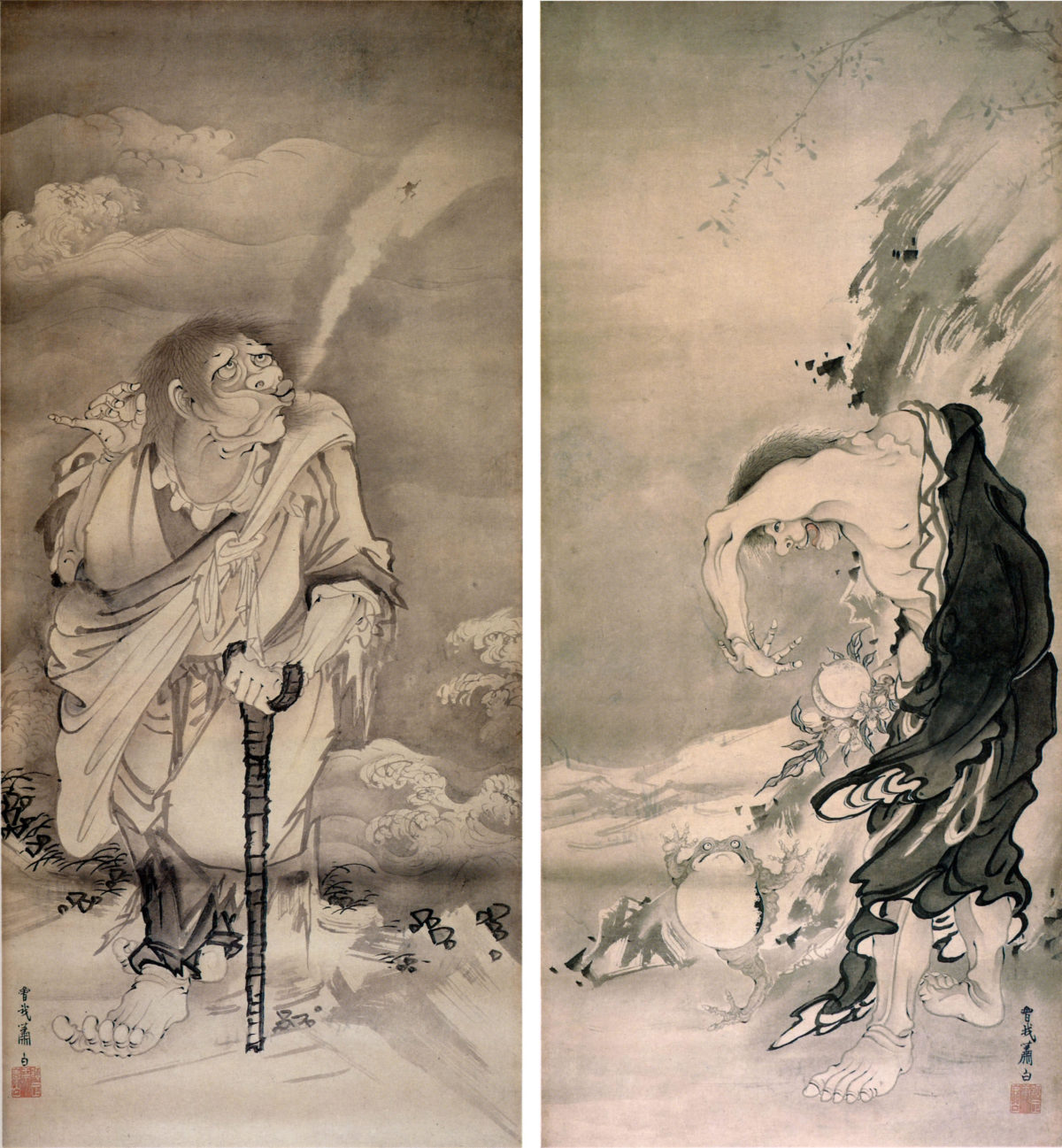
In the last few years, I’ve been spending my free time learning about the esoteric side of Taoism known as Neidan or “internal alchemy.” This is a set of mysterious techniques aimed toward becoming an immortal being, a term which can be interpreted, like many religious ideas, both metaphorically and literally. The practice, which continues to this day, involves radical alternations to diet, sex, exercise, meditation, and every other basic element of life.
You have reached your article limit
Sign up for a digital subscription and continue reading all new issues, plus our entire archives, for just $1.50/month.
Already a subscriber? Sign in




